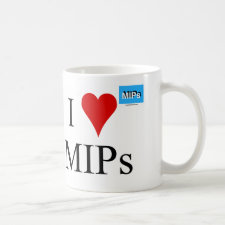
Authors: Carabias-Martínez R, Rodríguez-Gonzalo E, Herrero-Hernández E, Díaz-García ME
Article Title: Development and characterisation of a molecularly imprinted polymer prepared by precipitation polymerisation for the determination of phenylurea herbicides.
Publication date: 2005
Journal: Journal of Separation Science
Volume: 28
Issue: (5)
Page numbers: 453-461.
DOI: 10.1002/jssc.200400051
Abstract: New materials based on molecularly imprinted polymers (MIPs) have been developed for use as sorbents in solid phase extraction to preconcentrate some urea herbicides. In the preconcentration step, different molecularly imprinted polymers were tested using methacrylic acid (MAA) and 2- (trifluoromethyl)acrylic acid (TFMAA) as functional monomers, and linuron and isoproturon as templates. The best results were obtained when the polymer was synthesised using MAA with isoproturon as template. Another parameter evaluated was the way in which the polymer was obtained. We observed that the imprinted polymers obtained by precipitation displayed a greater capacity to retain the phenylureas. Studies conducted using scanning electron microscopy (SEM) revealed that the bulk polymerisation method is far from ideal owing to the random shape and size distribution of the particles obtained, whereas when polymerisation was carried out in precipitation microspheres were obtained. In order to confirm the interaction between the functional monomer and the template, H-1 NMR (CD2Cl2) analyses were conducted. The results obtained suggest that the hydrogen and/or nitrogen of the amino group of the template would be involved in the formation of hydrogen bonds with the functional monomer. The imprinted polymer obtained by precipitation polymerisation with MAA as functional monomer and isoproturon as template can be applied to preconcentrate phenylureas when the sample is dissolved in toluene. The proposed methodology was employed to evaluate polymer selectivity towards humic acids and towards other herbicides
Template and target information: linuron, isoproturon, urea herbicides
Author keywords: Molecularly imprinted polymers, precipitation polymerisation, phenylureas



Join the Society for Molecular Imprinting

New items RSS feed
Sign-up for e-mail updates:
Choose between receiving an occasional newsletter or more frequent e-mail alerts.
Click here to go to the sign-up page.
Is your name elemental or peptidic? Enter your name and find out by clicking either of the buttons below!
Other products you may like:
 MIPdatabase
MIPdatabase









